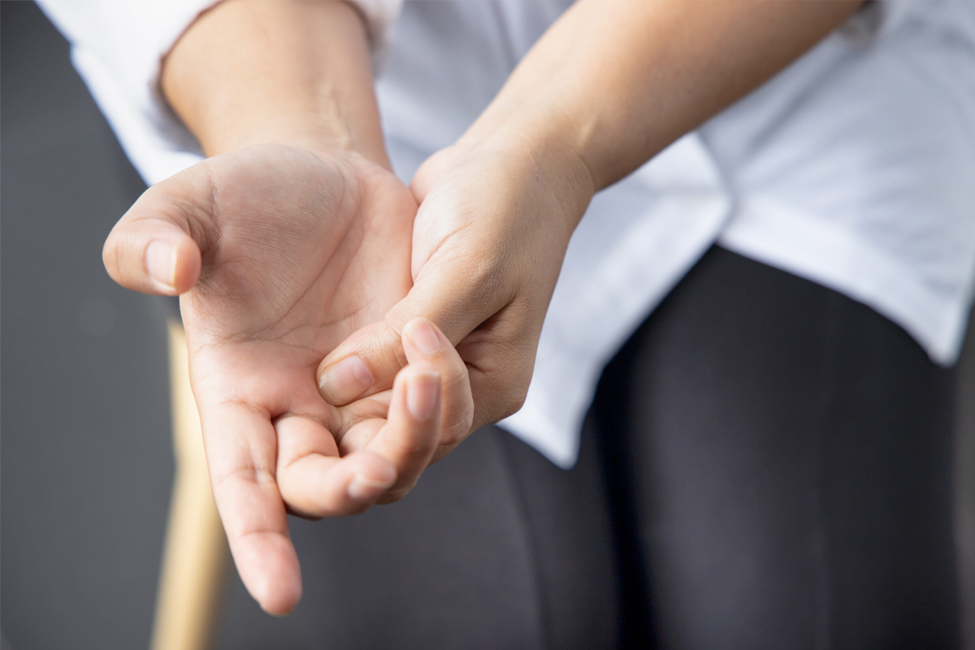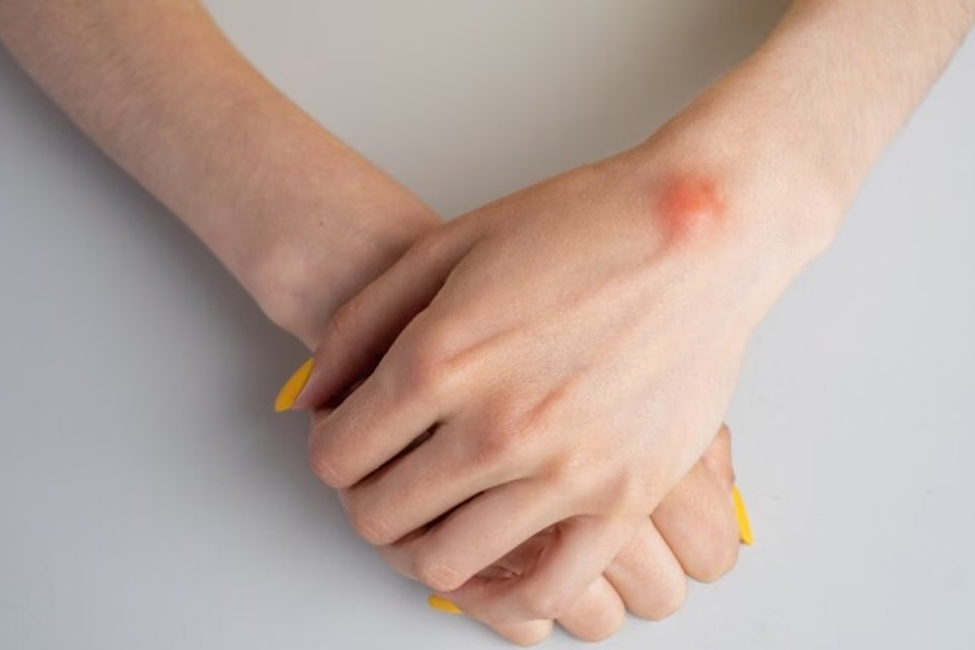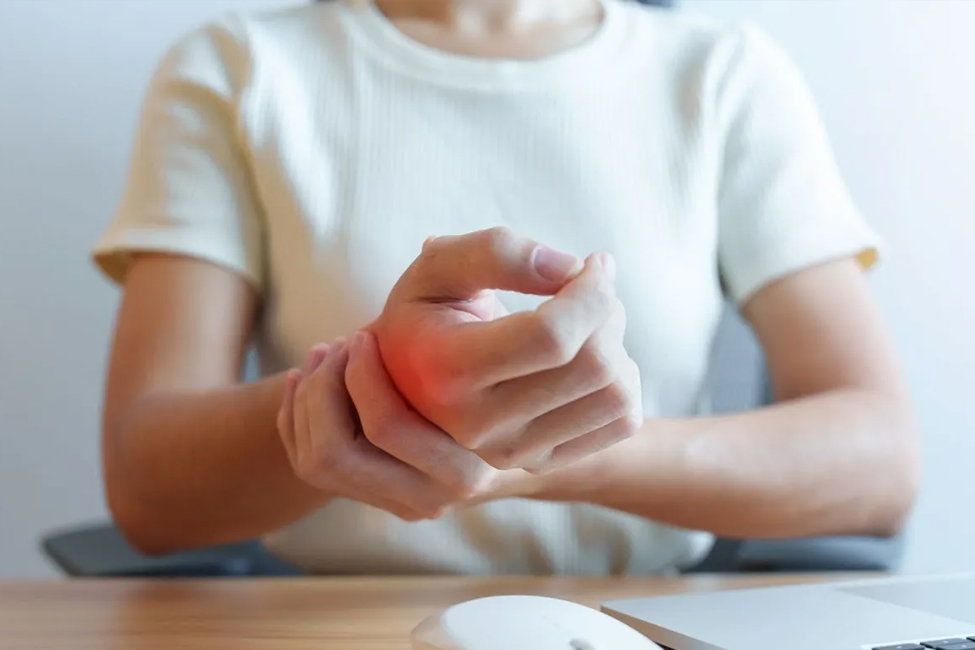Trigger Finger: Causes, Symptoms, Treatment, and Preventio
What is Trigger Finger?
A trigger finger is a condition where your finger or thumb gets stuck in a bent position and may snap or “trigger” straight with a popping sensation. A swollen tendon causes it to no longer slide smoothly through the sheath in your finger, making it difficult to straighten the digit. This can be painful and limit finger movement.
Type of Trigger Finger
Trigger finger can vary in severity and is often categorised into different stages:
- Stage 1 (Nodule Formation): This is the early stage where a nodule or bump forms on the tendon, causing occasional catching or popping.
- Stage 2 (Locking): In this stage, the finger may lock in a bent position and require manual straightening.
- Stage 3 (Fixed Bent Position): The finger is bent and cannot be straightened without medical intervention.
How Common is Trigger Finger?
Trigger finger is a relatively common condition, particularly among older adults. It can also occur in individuals who perform repetitive gripping or grasping activities, such as musicians or manual labourers. The prevalence of trigger fingers varies by age, occupation, and other factors.
Causes of Trigger Finger
The primary cause of trigger finger is irritation and swelling of the tendons in your fingers or thumb, which can occur due to various factors, including:
- Repetitive Movements: Engaging in activities that involve repeated gripping or grasping, such as using hand tools, playing musical instruments, or typing on a keyboard.
- Age: Trigger finger is more common as you age, as the tendons naturally wear down over time.
- Medical Conditions: Conditions like diabetes, rheumatoid arthritis, and gout can increase the risk of trigger finger.
- Injury or Trauma: A direct injury to the hand or finger can cause irritation and swelling of the tendons.
- Sex: Women are more likely than men to develop trigger fingers.
Symptoms of Trigger Finger
If you have a trigger finger, you might experience the following symptoms:
- Finger Stiffness: Your finger may feel stiff, especially in the morning.
- Popping or Clicking: You might hear or feel a popping or clicking sensation when you try to move your finger.
- Finger Locking: The affected finger may get stuck in a bent position, requiring effort to straighten it.
- Pain or Tenderness: Pain or tenderness can occur at the base of the affected finger or thumb.
- Nodule or Bump: Sometimes, you might notice a bump or nodule at the finger’s base, where the swelling occurs.
Diagnosis of Trigger Finger
To diagnose trigger fingers, orthopaedic specialists typically follow these steps:
Medical History
Your doctor will ask about your symptoms, including when they started and any activities or factors that might be contributing.
Physical Examination
The doctor will examine your hand and finger, checking for symptoms like stiffness, popping, or locking.
Tinel's Test
This test involves tapping the affected area to check for any tingling or numbness, which may indicate nerve involvement.
Symptom Reproduction
The doctor may try to reproduce the triggering or locking of your finger during the examination.
Complications of Trigger Finger
While trigger finger is generally a manageable condition, if left untreated, it can lead to certain complications:
- Chronic Pain: Persistent pain and discomfort in the affected finger can significantly impact your daily activities and overall well-being.
- Reduced Hand Function: As the condition progresses, it may limit your finger’s range of motion and dexterity, affecting tasks like gripping and grasping objects.
- Locking in Severe Cases: In advanced stages, the finger can become locked in a bent position, making it challenging to straighten without medical intervention.
- Impaired Quality of Life: The pain and limitations associated with a trigger finger can reduce your quality of life, making routine activities more difficult.
Treatment Options for Trigger Finger
When you have a trigger finger, your doctor may recommend these treatment options:
Rest and Activity Modification
Rest the affected hand to allow the tendon to heal.
Modify activities that aggravate symptoms, especially those involving repetitive gripping.
Medications
Nonsteroidal anti-inflammatory drugs (NSAIDs) can help reduce pain and inflammation.
Splinting
Wearing a splint can keep the affected finger straight, reducing strain on the tendon.
Corticosteroid Injections
Your doctor may administer corticosteroid injections to reduce inflammation and relieve symptoms.
Physical Therapy
A physical therapist can provide exercises to improve finger flexibility and strength.
Surgery
Surgery may be recommended in severe cases or when other treatments aren’t effective to release the tendon sheath.
Preventing Trigger Finger
To reduce the risk of developing a trigger finger, consider these preventive measures:
- Maintain proper hand and wrist ergonomics, especially during repetitive tasks. Use tools and equipment that minimise strain on your fingers and hands.
- Incorporate regular finger exercises to improve dexterity and maintain joint health.
- Take breaks during activities that involve repetitive finger or hand movements, and use these breaks to stretch and rest your fingers.
- Use appropriate hand protection, such as gloves, when engaging in activities that may subject your fingers to excessive stress or pressure.
- Learn and use correct techniques for tasks that involve gripping, pinching, or grasping objects to minimise the risk of strain on the fingers.
- Manage underlying health conditions, such as diabetes or arthritis, which can increase the risk of a trigger finger.
Living with a Trigger Finger
Living with a trigger finger involves several steps to manage the condition and ensure your hand’s overall well-being:
- Follow the treatment plan and recommendations provided by your orthopaedic specialist, which may include rest, splinting, or other interventions.
- Take any prescribed medications as directed to manage pain and inflammation.
- Be mindful of activities that can worsen your symptoms, and consider modifications to reduce strain on your fingers.
- If your orthopaedic specialist recommends a splint, wear it as directed to help keep your finger in a straight position.
- Engage in recommended exercises and physical therapy to improve finger flexibility and strength.
- Keep scheduled appointments with your orthopaedic specialist to monitor your progress and make any necessary adjustments to your treatment plan.
- Be open to lifestyle changes that protect your fingers and minimise discomfort, especially during activities that involve gripping or grasping.
Trigger finger is a condition that can impact your hand’s mobility and comfort. However, it’s manageable with the right approach and timely medical attention. It’s crucial not to ignore your health and to seek professional advice if you experience symptoms of a trigger finger.
If you or someone you know is dealing with a trigger finger and is seeking expert care and consultation, we encourage you to request an appointment with The Orthopaedic Practice and Surgery Clinic. Our specialised team can provide personalised treatment and guidance, helping you regain full hand function and lead a more comfortable life. Don’t hesitate to take that proactive step toward a pain-free and fully functional hand—request your appointment today.









